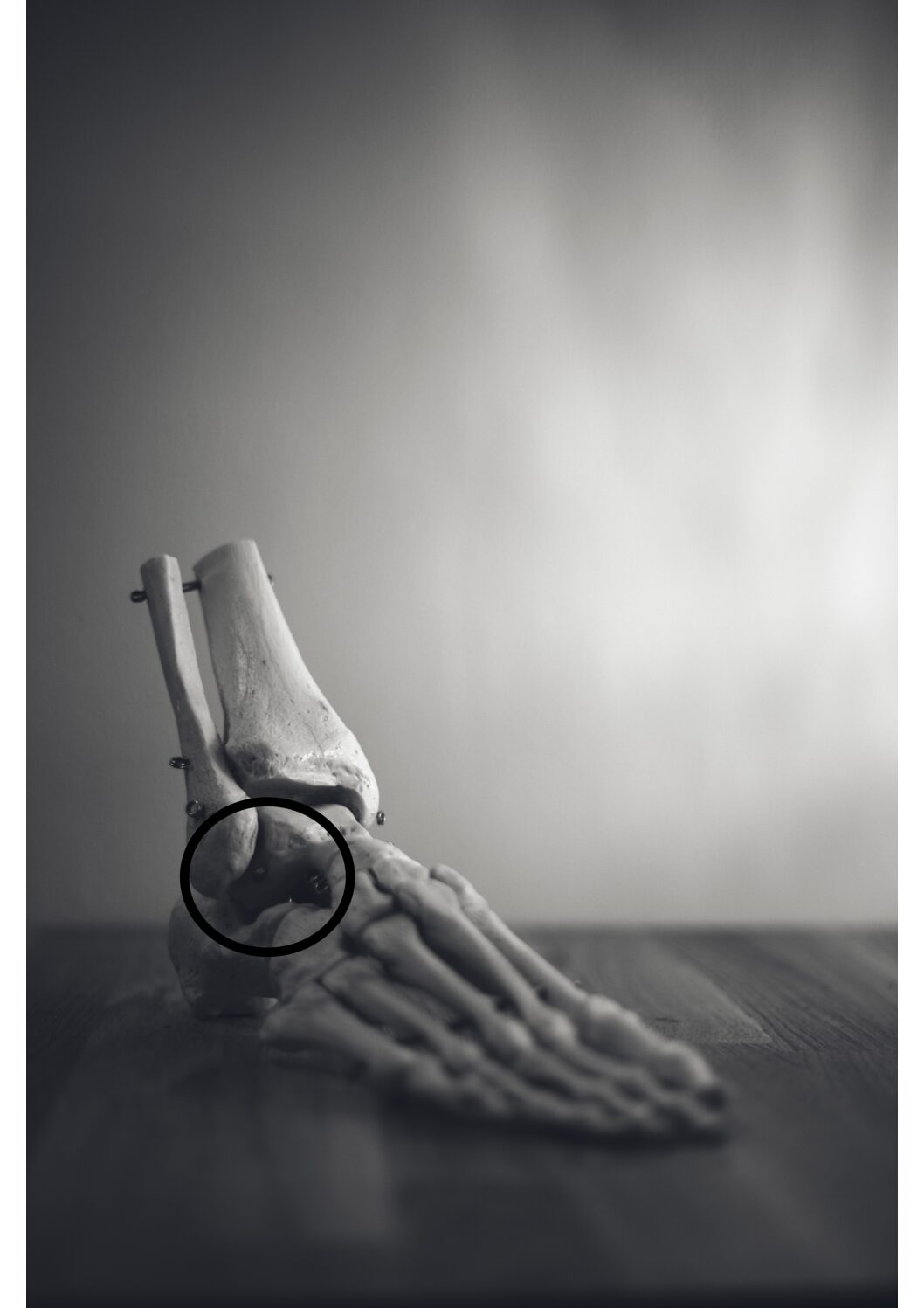Are you suffering from Sinus Tarsi Syndrome? Here are some facts
Sinus tarsi syndrome (STS) is a clinical diagnosis characterized with persistent pain over the anterolateral (the outside of the ankle) region of the hind foot known as the sinus tarsi. The cause can be unclear but it is believed that instability of the subtalar joint (foot joint under the ankle) results in joint inflammation and abnormal fibrotic tissue infiltration into the sinus tarsi space.
Moreover, the sinus tarsi is known as the ‘eye of the foot’. It is a small cavity located on the outside of the ankle between the talus and calcaneus bones. This can be felt as a deeper spot on the outside of the ankle that you can push your finger into. Also, this cavity contains numerous anatomical structures. These include ligaments, joint capsule, blood vessels, fatty tissue and nerve endings that play a vital role to the balance receptors in the ankle. Outside ankle sprains attribute to 70-80% of cases. The remaining 20-30% is due to “pinching” or impingement of the soft tissues in the sinus tarsi due to very flat feet.
In addition, ankle injuries, such as from recurrent ankle sprains, can cause instability of the subtalar joint, provoking abnormal movement (pronation and supination) through the subtalar joint. Also, athletes participating in jumping activities may describe a feeling of instability due to excessive pronation and supination of the subtalar joint. The ankle instability can change the normal biomechanics (movement) of the ankle, causing inflammation.
Signs & Symptoms of Sinus Tarsi Ankle Pain
- Localised pain and swelling over sinus tarsi (antero-lateral aspect of ankle)
- Feeling of instability
- Pain worse with prolonged activity
- Pain with strong inversion (turning out) or eversion (turning in) of foot
Treatment for Sinus Tarsi Ankle Pain
Treatment depends on the severity of the problem and whether it is acute or chronic, however may involve:
- Period of immobilisation
- Improved footwear
- Strapping &/or ankle brace
- Custom foot orthoses if heavily pronated foot type
- Steroid injections(last resort)
On top of that, ignoring symptoms or adopting a ‘no pain, no gain’ attitude is likely to lead to the condition becoming chronic. Once chronic, healing slows significantly resulting in markedly increased recovery times and an increased likelihood of future recurrence. Hence, immediate appropriate treatment with this condition is vital to ensure an optimal outcome.
Are you experiencing this kind of injury? Our podiatrist can provide the right treatment to help you go back to normal. ✅
Schedule an appointment here or you may call us at 44 (0) 207 101 4000. 📞
We hope you have an Ankleistic day! 🦶☀️
-The Chelsea Clinic and Team
Read our article about pulled calf muscle here https://www.thechelseaclinic.uk/calf-strain-🦵/




